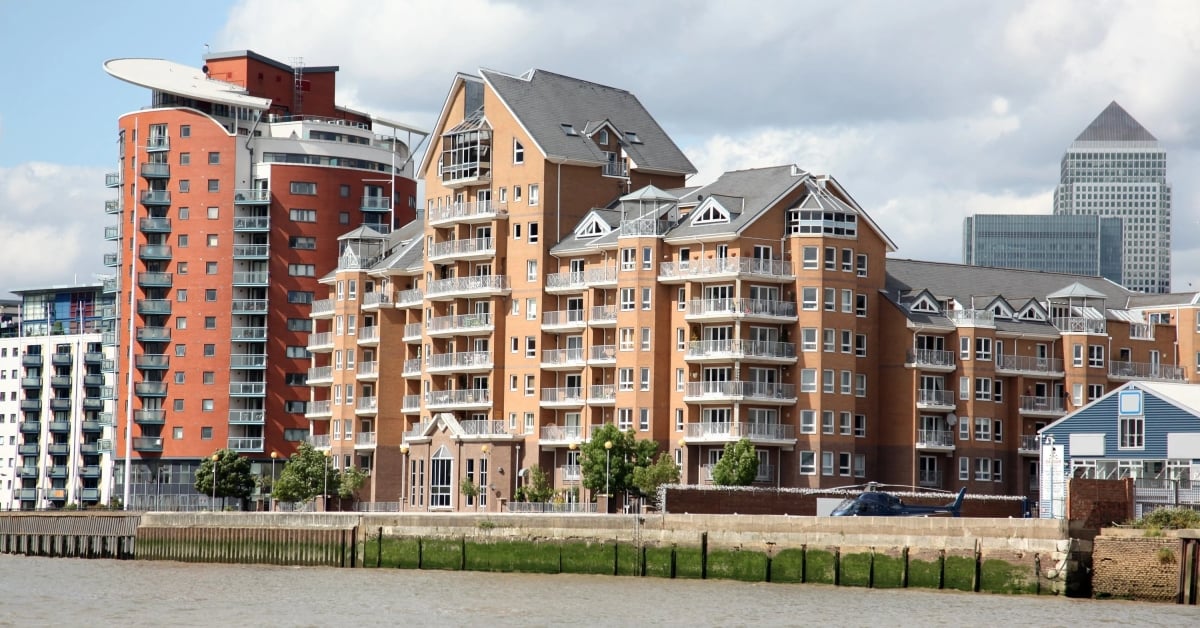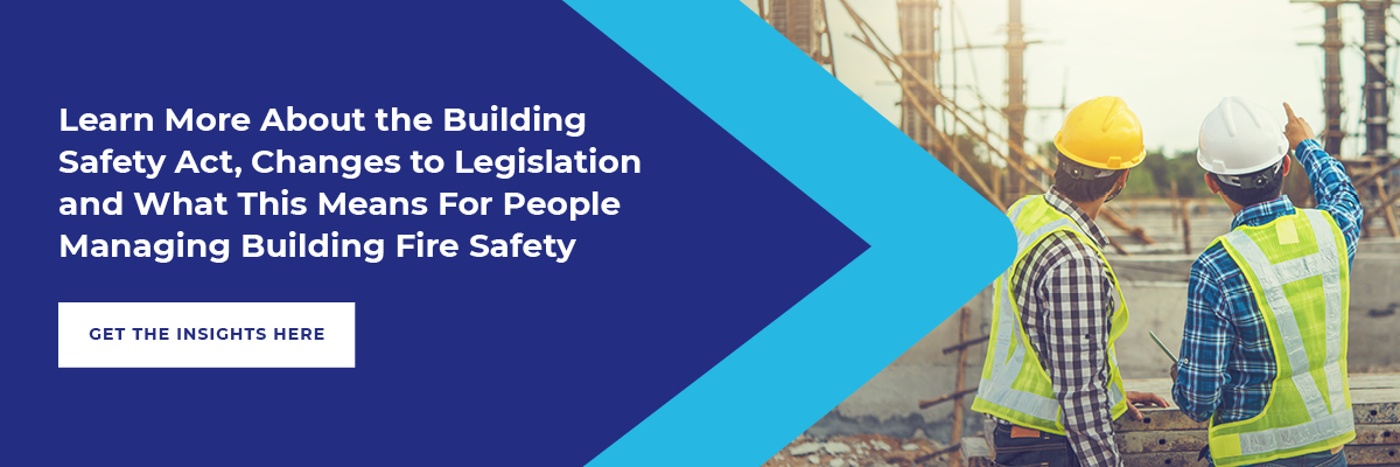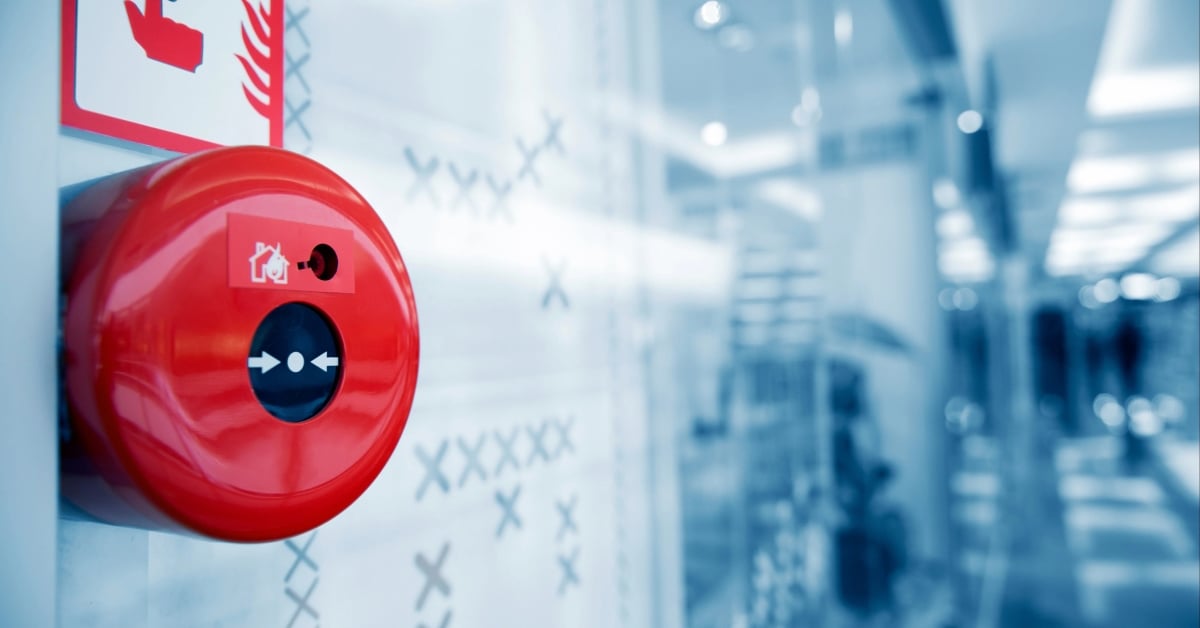As stated in the code of practice BS: 5839, it’s a law for all residential buildings in England and Wales to be fitted with a fire alarm system. However, there are grades and categories of fire alarm systems for different buildings. Typically, the greater the fire risk, the more comprehensive the fire alarm system needs to be.
This article explains the different types of fire alarm systems included in the code of practice so you can be sure to choose the right one after undertaking a fire risk assessment.
Category LD1 fire alarm systems offer the highest level of protection for occupants of a residential building.
Here, a system is installed throughout the premises, incorporating detectors in all circulation areas that form part of the escape routes from the premises.
In addition to this, the system is also installed in all rooms and areas of the building, such as hallways, toilets and living rooms.
Some of the other areas a category LD1 alarm system would be installed within a building include:
- Landings
- Kitchens
- Bedrooms
- Airing cupboards
- Garages
Category LD2 - Medium Protection
Category LD2 systems are aimed to achieve medium protection for residents of a dwelling. Instead of being installed throughout the whole building, detectors are only incorporated in all circulation areas that form part of the escape routes from the premises.
These systems are also installed in specified rooms or areas that present a high fire risk to occupants as opposed to every room within the building.
Some of the areas of a building that you should look to install a category LD2 system include:
- Hallways
- Landings
- Kitchens
- Living rooms
Category LD3 - Minimum Protection
These fire alarm systems are only installed in defined parts of a building, including any areas that open onto escape routes.
Category L2 systems provide an early warning to occupants beyond the source of the fire by automatically raising the alarm. If your residential building is medium-sized and has a flight of stairs, this system could be the right solution for you.
If you need guidance on the categories of fire alarm systems and which one is suitable for your residential building, our friendly team of experts would love to help you out.
Category LD3 - Minimum Protection
Category LD3 systems offer minimum protection for residential buildings and only apply to occupied bungalows, flats, single-story units or maisonettes with no floor level above 4.5m.
This type of system only incorporates detectors in circulation areas of a building that form part of escape routes from the premises.
These areas include hallways and landings. Therefore, if you are managing fire safety for a larger residential building, this type of fire alarm system will not be sufficient to meet requirements.
If you need guidance on the categories of fire alarm systems and which one is suitable for your residential building, our friendly team of experts would love to help you out.
We’ve created a detailed fire alarm system maintenance checklist that explains how to undertake a fire alarm system inspection and what you should do if a fault is detected. It’s available to read here.
However, our support doesn’t end there. Managing your fire alarm system is one small part of achieving building safety compliance and we understand that there’s a lot to keep on top of.
Legislation is being updated regularly and it’s easy to sometimes feel overwhelmed by statistics and legislative jargon. The Building Safety Act is the latest piece of legislation due to come into effect in the next 12 to 18 months.
As part of this legislation, more changes are expected in how the Accountable Person and people in similar roles manage their fire safety.
An In-Depth Resource to Help You Learn More About the Act
The resource looks at the background of the Act and how it’ll affect fire safety in England and Wales. It also explains how the Act will be enforced and the top considerations for safety experts as we look forward.
If you’re a safety expert responsible for managing a high-risk building, this resource is essential to ensure you achieve compliance.
Access your copy for life below.





.jpeg)


%20(1).jpeg)

